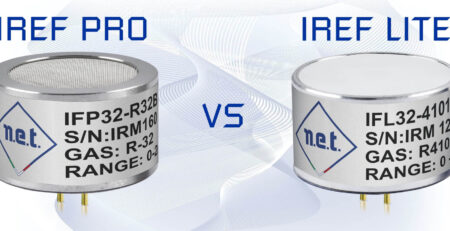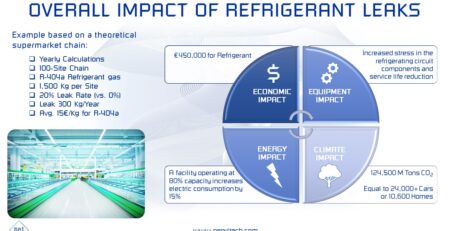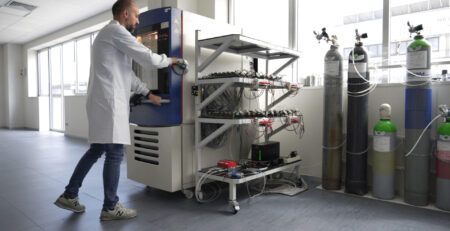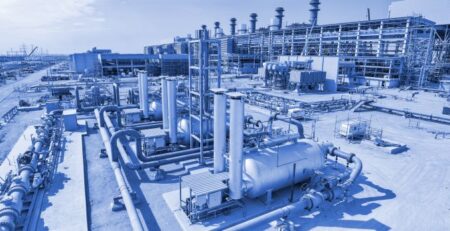DETECTING AMMONIA WITH NET IREF PRO NDIR SENSORS
Ammonia is a among the most common gases found in the industry. Vastly used in wastewater treatment, leather, rubber, paper, food and beverage industries, it is also making a strong comeback in cold storage applications and refrigeration systems due to its environmental friendliness.
Ammonia toxicity is well known. The pungent smell of ammonia in the air is detectable at concentrations as low as 5 ppm. Significant exposure to ammonia in air without knowledge is therefore rare. Ammonia concentrations of up to 100 ppm in air are tolerated well for up to several hours. At 1700 ppm, coughing, laryngospasm, and edema of the glottic region start. Concentrations of 2500 to 4500 ppm can be fatal in approximately 30 minutes and concentrations above 5000 ppm usually produce rapid respiratory arrest.
Ammonia is also flammable for concentrations above 15% volume (150.000ppm).
In gas detection applications, the typical technologies employed for Ammonia are electrochemical (for toxicity levels) and catalytic (for flammable levels). Please see our Premium Line Electrochemical cell and our Catalytic Pellistor ranges for more details. Both technologies pros and cons are well understood by the industry from years of reliable service. As both technologies are depleted by the target gas, their use in environments with a frequent or constant presence of Ammonia is virtually impossible due to excessive maintenance requirements.
In such applications, NDIR technology would be ideal as this is not consumed by the target gas and does not require routine calibration. Detecting Ammonia with traditional NDIR sensors working between 3.0 and 3.5 microns, however, would require a very long optical path due to its very low absorbance at those wavelengths (see plot below).
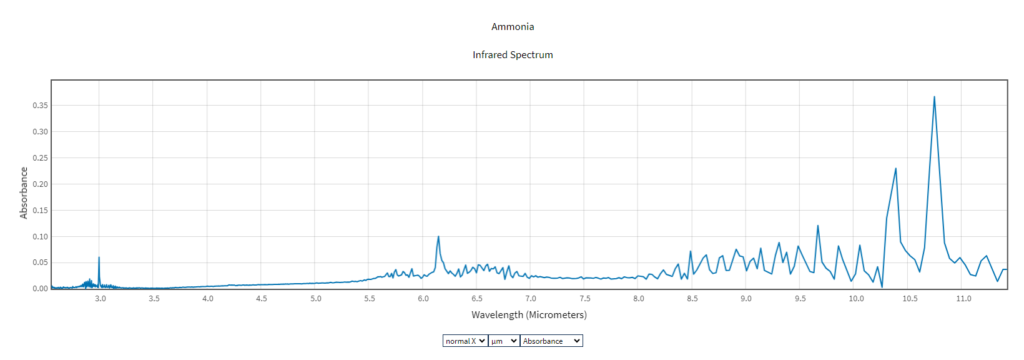
However, NET’s exclusive Black Body Gas Technology allows the IREF PRO range of sensors to operate at longer wavelengths, and in particular between 9.5 and 10.8 μm where Ammonia has much stronger absorption bands.
NET recently tested different sensors calibrated for 500ppm of full scale of SF6, operating between 9.5 and 10.8 μm, with different levels of Ammonia (100, 300, 500, 2500 and 5000ppm). Although the response below 500ppm is rather low, and therefore we cannot recommend our NDIR sensors for low level detection, for applications aiming at detecting higher concentrations NET can offer a suitable solution with many advantages:
- corrosion- and poison-resistant.
- fail-safe (learn more)
- can operate within oxygen-deficient or oxygen-enriched areas

NET is planning tests at higher concentrations of 10.000 and 15.000ppm.
The complete test report is available at this link.
If you are interested in more details or want to try samples, please contact the NET team today.


